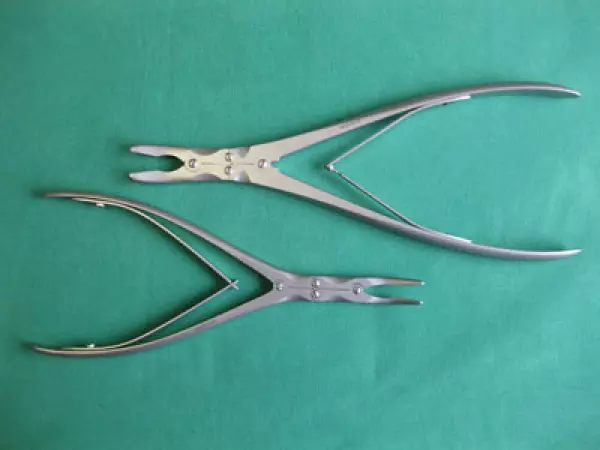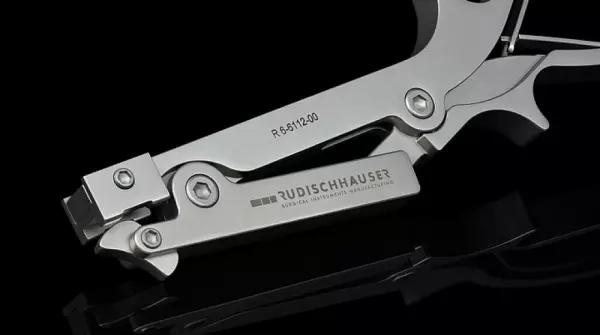
Repair service for standard surgical instruments
We repair MIS instruments from all well-known manufacturers , drive systems such as drilling hoses,...
Portal and digital medical technology fair of the largest MedTech cluster in Germany

Repair service for standard surgical instruments
We repair MIS instruments from all well-known manufacturers , drive systems such as drilling hoses,...

Spine - Instruments & Implants
We develop, optimise and manufacture a variety of spinal implants and instruments (e.g. pedicle scre...

Suction flushing devices are used in restrooms. They function as a backup to traditional toilets. The device is actuated by a control unit 20 connected to a trigger unit 21. The trigger unit actuates the flushing valve and the suction valve at the same time. The flushing procedure may be initiated by the user or automatically triggered by a sensor system. It can be activated before usage, after the user leaves the restroom, or when the user closes the urinal cover.
The suction flushing device has two parts. The first part feeds the flushing liquid into the urinal basin. The second part feeds the water to the wastewater tank. This transport procedure is usually done by a pressure differential between the installation space and the wastewater tank. The disadvantage is noise emissions, as the pump is often coupled with air currents. The funnel effect of the urinal basin increases the noise. Moreover, the device can be noisy.
The other part is the bypass line, which discharges the water into the drain. This part of the system has two main parts. A drain line, which leads to the toilet tank, and a by-pass line. The former contains the flushing water and the other carries the waste. These parts work together to create a siphon. The pump forces water from the tank into the bowl, forcing it down the drain.
The other part is the suction hose. During the flushing process, the suction hose opens. The fluid then is sprayed out from the urinal basin through nozzles and the drain ring. The drain line is connected to a collection basin. The preferred exemplary embodiment also includes an alcohol wipe, a measuring cup, and a pen. After using the suction drain, the user should make sure to wash their hands and do not touch the cap or plug of the device. Then, they should empty the fluid into the measuring cup and clean it with an alcohol wipe.
The suction hose is connected to the vacuum system. The hose has a valve that opens during the flushing process. The nozzles are used to push water out of the urinal basin. A second device, called a float, is connected to the drain line through a coupling. It is connected to the tank via a vacuum line. Once the float is triggered, the bypass line automatically refills with the water in the tank.
Modern toilets often have a cistern, which is connected to a vacuum sewer. The water in this tank is pumped through the hose and is removed from the toilet by a vacuum. The system is also connected to a water supply. However, the nozzles are connected to a water supply. The cisterns in most homes do not have a cistern. Therefore, the water inside the tank is not a cistern.
Become a digital exhibitor yourself in the online portal of the largest and best-known MedTech cluster region in Germany and inform the world of medical technology about your products and services as well as about news, events and career opportunities.
With an attractive online profile, we will help you to present yourself professionally on our portal as well as on Google and on social media.